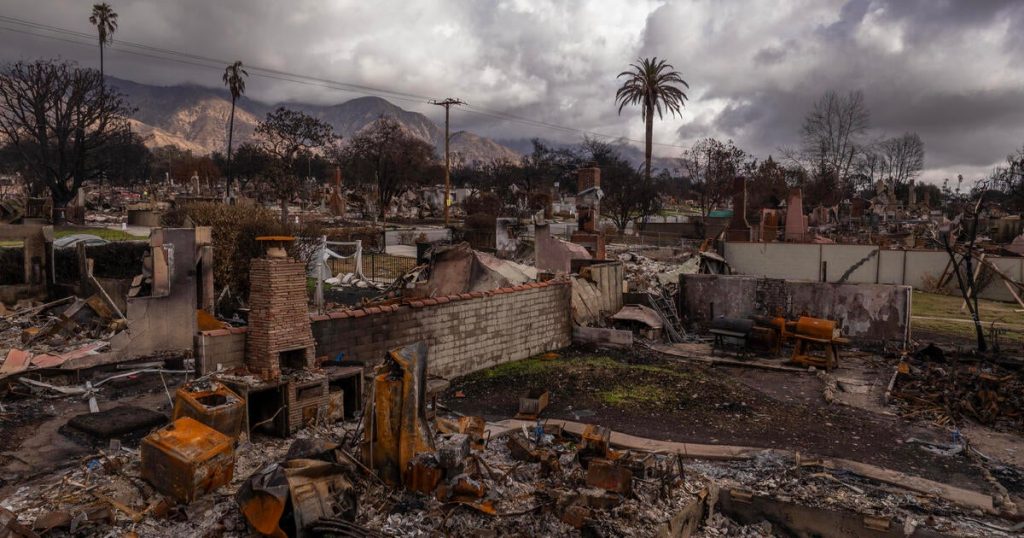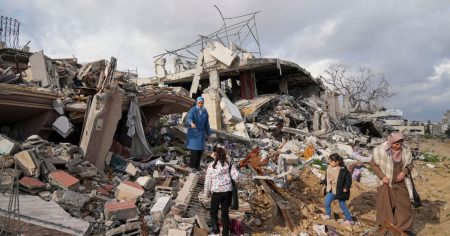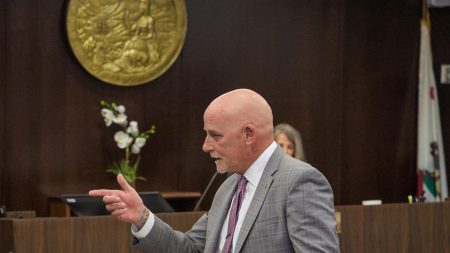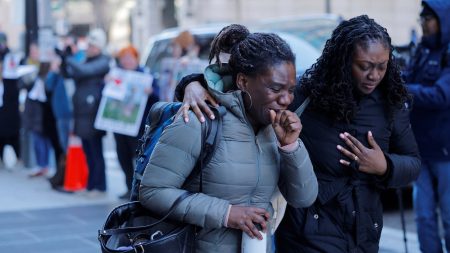LA County Begins Annual Homeless Count After Wildfire Delays
Introduction: The Challenge of Homelessness in LA County
Los Angeles County has faced an unprecedented crisis as wildfires have exacerbated the already dire homelessness situation. The annual homeless count, a critical tool for understanding the scope of homelessness and allocating resources, was delayed due to the devastating impact of the Eaton Fire. This fire destroyed a recovery home known as Art House, displacing nearly 50 residents who had been working towards sobriety and rebuilding their lives. The loss of this safe space has sent shockwaves through the community, highlighting the fragility of progress made in combating homelessness.
The Impact of Wildfires on Homeless Recovery Efforts
The Eaton Fire, one of the costliest natural disasters in recent history, has displaced not only those who were previously homeless but also strained the region’s homelessness response system. Art House, a sober-living facility operated by the nonprofit Los Angeles Centers for Alcohol and Drug Abuse, was a sanctuary for individuals recovering from addiction and rebuilding their lives. Residents like Sean Brown, who had overcome methamphetamine addiction, found themselves back at square one, forced to flee with nothing but the clothes on their backs. The fire has dealt a significant blow to the progress made by these individuals, forcing them into temporary lodging and creating uncertainty about their future.
Homelessness in Los Angeles: A Crisis Under Strain
The Los Angeles wildfires have added immense pressure to a homelessness response system already stretched thin. Despite significant investments from the city, county, and state, the region continues to grapple with the highest number of unsheltered individuals in the country. Recent data shows that while there have been gains in moving people into permanent and temporary housing, the number of homeless individuals across California remains staggeringly high. The fires have disrupted this progress, displacing tens of thousands of residents and destroying over 16,000 structures, including affordable housing units that were already in short supply.
Residents Grieve the Loss of a Transformative Space
For the residents of Art House, the facility was more than just a roof over their heads—it was a community, a place of healing, and a symbol of hope. Paul Rosales, a 24-year-old in recovery from methamphetamine addiction, described Art House as the place where he found himself and built his recovery. The facility, nestled in the mountains of Altadena, offered a serene environment where residents could meditate, rebuild relationships, and work towards sobriety. Its destruction has left residents feeling a profound sense of loss and uncertainty.
The Battle for Resources in a Time of Crisis
The wildfires have created a new wave of displacement, pitting those who were previously homeless against newly displaced individuals in a competition for limited resources. Homeless service providers are urging state and local leaders to allocate more funding to address the growing crisis, but they face tight budgets and competing demands for wildfire recovery. Elected officials like Los Angeles County Supervisor Kathryn Barger have pledged to preserve the progress made in reducing homelessness, but without expanded support, the gains are at risk of being undone.
The Road Ahead: Funding, Accountability, and Hope
The California state government has invested unprecedented sums into homelessness initiatives, but the current budget proposal does not include new funding for this crisis. Governor Gavin Newsom has called for greater accountability in how these funds are used, emphasizing the need to clear encampments and reduce unsheltered homelessness. However, advocates argue that additional investments are critical to support both those who were already homeless and those displaced by the fires. As the county begins its annual homeless count, the hope is that policymakers will recognize the urgency of the situation and act swiftly to ensure that no one is left behind in the rebuilding efforts.
In the end, the story of Art House and its residents serves as a poignant reminder of the resilience of those affected by homelessness and addiction, as well as the fragility of the systems designed to support them. The road to recovery is long, but with continued investment and compassion, there is hope for rebuilding lives and communities.















